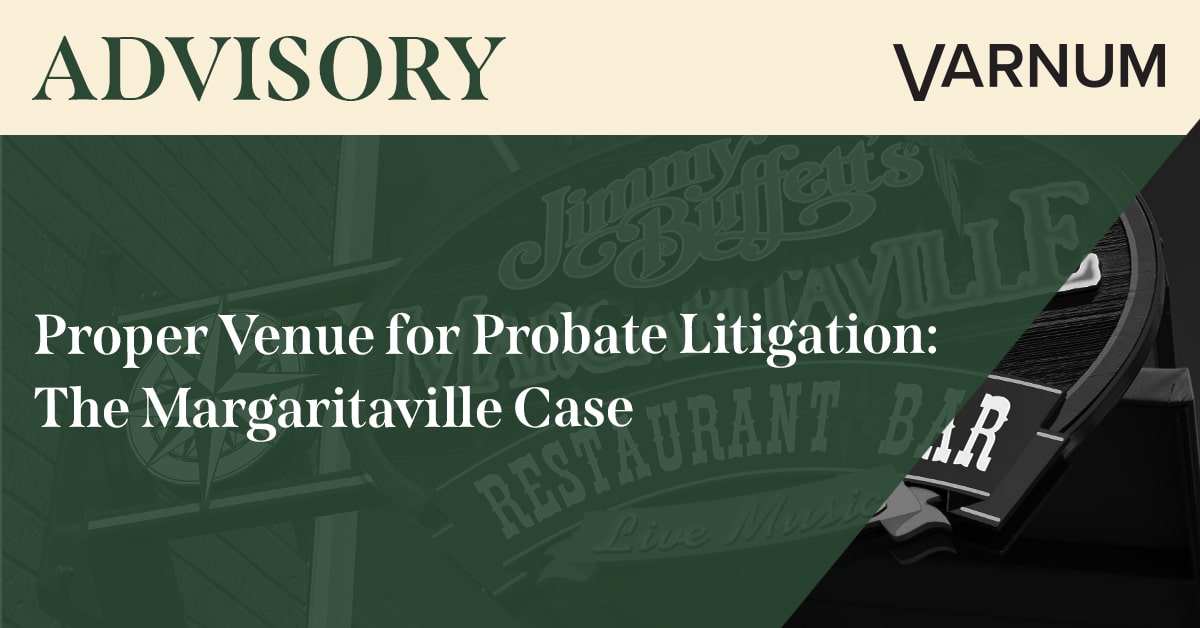On Friday, December 5, the National Highway Traffic Safety Administration (NHTSA) published a notice and request for comments on a new information collection program pursuant to the Paperwork Reduction Act of 1995 (the PRA). The notice reaffirms that NHTSA is proceeding with research regarding updates to the 5-Star Safety Ratings Program, also known as the New Car Assessment Program (NCAP). Although NCAP is primarily a consumer-facing program, any changes to its rating structure or required vehicle labeling have significant implications for vehicle manufacturers and suppliers.
Congressional Requirements for Vehicle Labels
The Safety Through Informed Consumers Act of 2015, part of the larger Fixing America’s Surface Transportation Act of 2015, requires NHTSA to issue a rule to place crash avoidance information next to crashworthiness information on the stickers that manufacturers place on motor vehicles. While crash avoidance information is available on NHTSA’s website, the agency has not yet updated the 5-Star Safety Ratings information on the Monroney label.
Delays in Modernizing Safety Ratings
For more than a decade, NHTSA has worked to modernize the design of the safety ratings at the point of sale. Shifts in administration can cause delays, as each new administration seeks to align the program with its policies. However, the primary cause of delay stems from NHTSA’s interactions with the Office of Management and Budget’s Office of Information and Regulatory Affairs (OIRA). OIRA can delay NHTSA rulemakings, research, and information collections for years, even when NHTSA is seeking to implement congressionally mandated rules and programs.
Next Steps for Suppliers and Manufacturers
Completing the research that OIRA, not a statute, requires is a critical step toward updating the safety information on vehicle labels. The substantive updates NHTSA made to NCAP last year, combined with a label change, would directly affect how manufacturers present crashworthiness and crash avoidance data at the point of sale and how consumers view their products. Once the research is complete, rulemaking will follow to update the regulatory requirements for Monroney label content, making early preparation essential for OEMs and suppliers involved in vehicle safety systems.
Engaging in NHTSA’s request for comments is an important opportunity to shape future requirements and ensure technical and operational feasibility. For questions, contact Varnum’s mobility attorneys.





